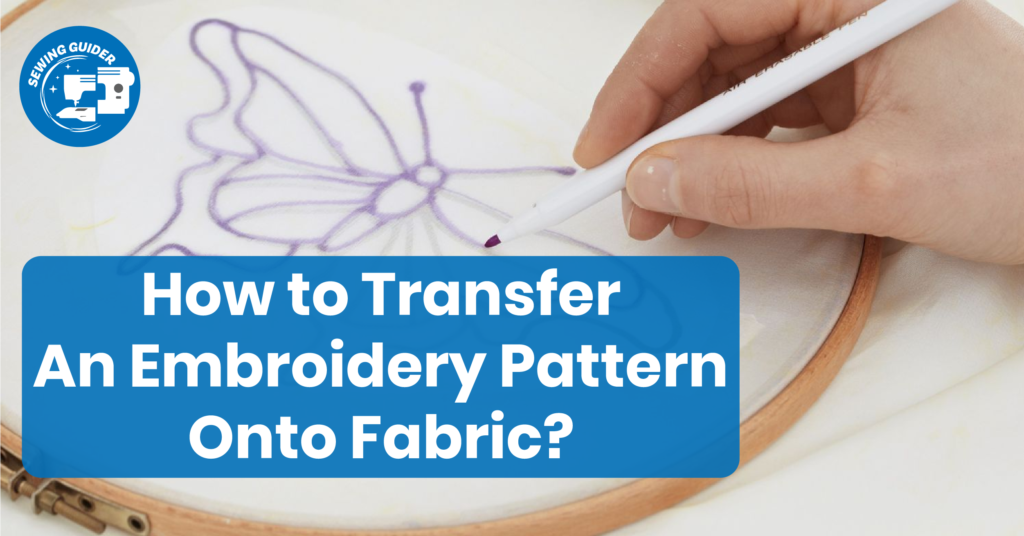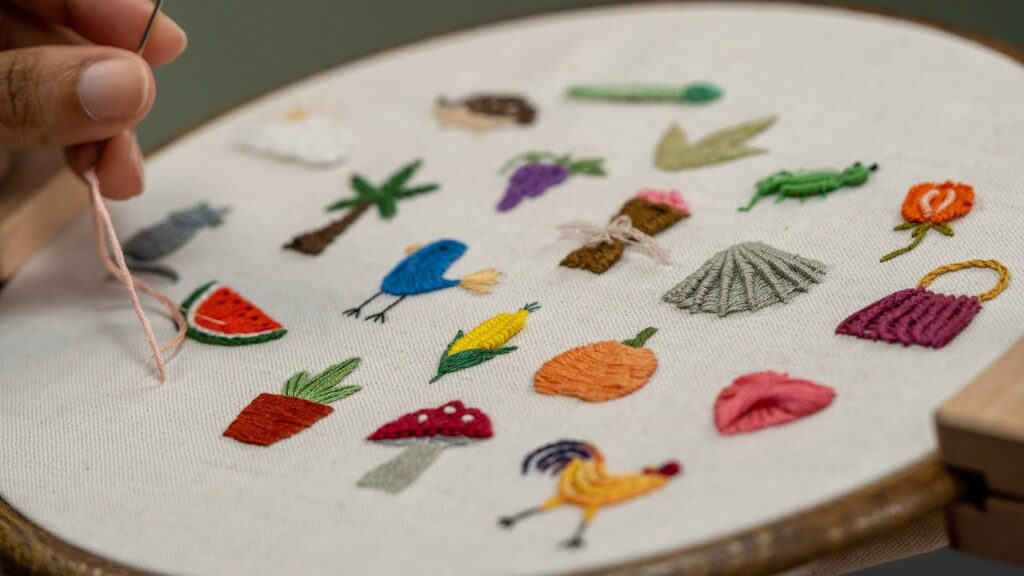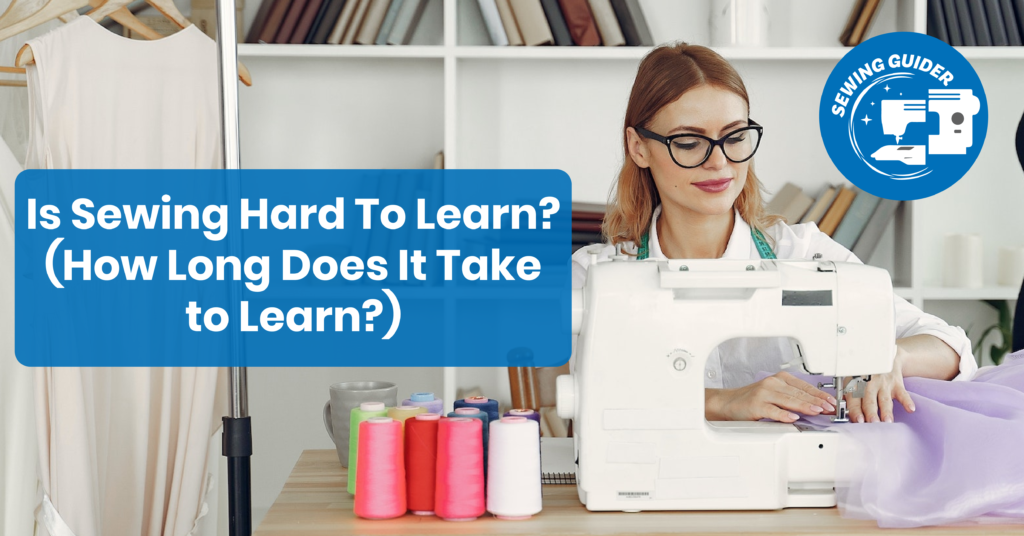Embroidery allows you to add your personal touch to the fabric. Transfer embroidery patterns are revolutionizing the way that we embroider. They make it more fun and easier for beginners and experienced stitchers. This Guide explores the world of transfer an embroidery pattern onto fabric. We’ll explain what they are, show you how to use them, and discuss why they can be a game changer for your creative journey.
Understanding Transfer Embroidery Designs
These patterns can guide your masterpiece by transferring them onto fabric. These patterns are available in many styles, including intricate florals and whimsical motifs. You can choose the designs that best reflect your artistic vision.
What is an embroidery pattern?
A pattern for embroidery is a template or design that guides the creation of intricate and detailed embroidery. These patterns guide embroider that guidestches, colors, and shapes. The complexity and style of embroidery patterns vary greatly, from simple motifs to intricate scenes. These are crucial for achieving consistent and precise results when working on embroidery projects.
The Benefits of Transfer Embroidery Patterns
- Transfer patterns help you to achieve precise lines and intricate designs.
- Moreover, transfer Patterns are Suitable for All Skill Levels. Whether you’re an experienced stitcher or new to embroidery, transfer patterns will make it easy and fun.
- It allows you to skip the manual creation of designs, saving you valuable time. You can then jump right into your artistic process.
- You can create anything you want with the many available transfer patterns. You can experiment with colors and patterns and mix and match them to create your unique style.
How Can you transfer an embroidery pattern?
You can transfer the pattern, allowing you to replicate the design precisely. It ensures that the finished embroidery piece accurately reflects the image or motif intended. Transferring patterns onto fabric can be done in various ways, depending on the complexity and type of fabric.
The Best Ways to Transfer an Embroidery Pattern on Fabric:
Water-soluble Stabilizer Method:
- Draw or print the embroidery pattern onto a water-soluble stabilizer.
- Place the stabilizer over the fabric.
- Follow the pattern lines and stitch directly through the stabilizer.
- After stitching, soak the fabric in warm water to dissolve the stabilizer and reveal the embroidery design.
Tracing Method:
- Place your fabric flat on a surface.
- Place the embroidery design on the fabric.
- Use pins or tape to secure the pattern.
- Trace the design lines onto the fabric using a soft pencil.
- Keep your hand steady to achieve accurate lines and details.
- Before removing the fabric, lift the pattern and check that all the lines are traced.
Carbon transfer Paper Method:
- Place your fabric flat on a surface.
- Place the carbon-transfer paper (carbon-side down) on the fabric.
- Position the embroidery design over the transfer paper.
- Keep all layers in place.
- You can trace the pattern with a stylus or dull pencil. The carbon will be transferred onto the fabric by applying pressure.
- Before removing the entire pattern, lift a corner to see if it has been successfully transferred.
- Follow the lines transferred to embroider.
Iron-On Transfer Method:
- You can print or buy an iron-on pattern. Make sure it is designed for iron-on transfers.
- Preheat your iron according to the instructions on the packaging of the transfer paper.
- Place the fabric face-down on the pattern.
- Follow the instructions on the transfer paper to gently press the iron over the back side of the pattern.
- Before removing the paper, lift a corner to see if the pattern has stuck to the fabric.
Select the method best suited to your fabric, design complexity, and personal preferences. Transferring the embroidery pattern correctly will give you a guideline to follow when bringing your design to life.
Transferring Embroidery Designs by Fabric Type:
Different fabrics may require different methods to transfer the fabric without damaging it. Here are some guidelines.
Light Fabrics (Cotton, Linen, etc.):
- Ideal for lighter fabrics with a tighter weave.
- Methode de transfert carbon paper can create moderately detailed designs.
- Iron-On Method suits light-fitting fabrics if you iron at the right temperature.
Medium to heavy fabrics (Denim canvas, etc.):
- The Carbon Transfer paper method works well with more substantial fabrics with moderately detailed designs.
- The Iron-On Method is effective on medium and heavy fabrics. However, the temperature should be adjusted according to the type of fabric.
- Delicate, more substantial fabrics with blue Method is ideal for delicate fabrics as it does not cause direct marks or pressure to the fabric.
Dark Fabrics (Black, Dark Blue, etc. ):
To transfer an embroidery pattern onto dark fabric, you must make it visible without damaging or staining it. How to do it:
- Use Chalk or a White Transfer pen method.
- Select a white chalk pen or a water-soluble white transfer pen.
- Place the dark material on a flat, even surface.
- Place the embroidery design on the fabric.
- Trace the pattern with a white chalk or pen onto the dark fabric.
- Before proceeding, check the visibility of the transfer lines on the dark fabric.
- Start embroidering by following the transferred lines.
Conclusion
Transfer embroidery patterns have opened up new dimensions of creativity within embroidery. They combine precision, convenience, and endless possibilities, enabling beginners and experts to craft stunning fabric artworks. So, why wait? Grab your favorite pattern and your trusted hoop, and let your imagination run wild as you bring your embroidery visions to life using transfer patterns.
Frequently Asked Questions
What Are Transfer Embroidery Patterns?
Transfer embroidery patterns are pre-designed templates that guide your stitchers and embroidery designs on fabric. They provide a visual reference for stitching placement and design elements.
Can I Transfer Patterns to Any Fabric?
Different methods work better on certain fabric types. Light fabrics usually accommodate tracing and transfer paper methods, while delicate fabrics benefit from water-soluble stabilizers. Dark fabrics may require Chalk or white transfer pens.
How Do I Choose the Correct Transfer Method?
Consider fabric type, design complexity, and personal preference. Light fabrics suit tracing or transfer paper methods, while dark fabrics need methods that offer visibility without damaging them.
Can I Create My Transfer Patterns?
You can create custom transfer patterns by drawing or printing designs onto transfer paper, water-soluble stabilizers, or using iron-on transfer methods.
Will Transferred Lines Disappear After Embroidery?
Transferred lines may remain on the fabric after stitching, depending on the method used. Water-soluble methods dissolve, while chalk or pencil lines can be gently erased. Always test on a scrap piece first.
Are There Ready-made Transfer Patterns Available?
You can find a wide range of transfer patterns online, in craft stores, or as part of embroidery kits. They cater to different styles and skill levels.
Can I Use Transfer Methods for Machine Embroidery?
While most transfer methods are designed for hand embroidery, you can adapt them for machine embroidery by ensuring the transferred lines won’t interfere with the machine’s operation.
Do Transfer Methods Work on All Colors of Fabric?
Some methods, like Chalk or white transfer pens, are more suitable for dark fabrics. Traditional transfer paper methods may be less effective on extremely dark or heavily textured fabrics.
Can I Combine Transfer Patterns for a Unique Design?
Absolutely! You can mix and match transfer patterns to create your custom designs. This adds a personal touch to your embroidery projects.





